Gluten is a protein found in most grains - wheat, rye, barley, oats , etc. It is composed of the proteins gliadine and glutenine, which make up 80% of the protein in cereal grains. Gluten is a characteristic ingredient of all cereals. This protein blend is the substance that gives dough its elasticity.
Gluten fiber increases during kneading, so usually when stirring a mixture of flour, the culinary instruction is to stir in one direction only, not to violate its integrity. Gluten is a substance that retains shape and adds to the process of rising dough.
Hidden in almost any pizza, pasta and bread gluten is a component of wheat flour and is defined as the main indicator of the quality of flour for bread. Gluten in the dough is measured in percentages and normal content for bread is 21 to 30 percent.
The higher the values of gluten in bread, the better quality it has. Grains with gluten content below 18% belong to the category feed.
The history of gluten begins in the 19th century, when the protein is isolated by an Italian chemist’s operation "washing of gluten".
Today, gluten is an integral part of our diet, but it is the cause of a serious disease that is widespread. Proteins in gluten are the main cause for the development of gluten enteropathy. This gluten intolerance is an autoimmune disease resulting from the consumption of foods containing gluten. In children, the disease is called celiac disease, and in adults - gluten enteropathy.
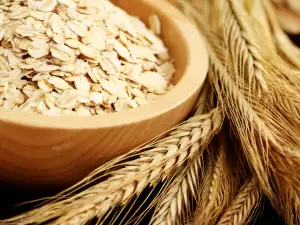
Food with gluten
In order to prevent the above diseases and avoiding allergic shock is always advisable to follow the labels on the foods you buy and especially wheat pasta. In fact, the main sources of gluten protein in the composition of a large number of food products, many of which are rare and make up the contents of various items.
Some examples - in the culinary industry, it is used for different purposes: to make it easier for a certain product to go through processing, as an anti-sticking agent for pans and even as an ingredient to increase the volume of spices, baking powder, cinnamon, cocoa and other aromatic mixtures. Foods containing gluten are:
White flour (type 500, 1150, 1050, etc.), whole wheat, peas, wheat, bulgur, durum (durum - kind of hard yellow wheat grains, often used to make pasta), oats, barley, rye, spelled, couscous, meal, all pastes made of wheat and others. Different spices, pepper, baking powder, bouillon cubes, often contain flour as a supplement to sodium glutamate.
Gluten is in a lot of soy sauce and usually results from the fermentation of soybeans with wheat flour.
If you have an intolerance to gluten, avoid corn flakes, breakfast cereals with added barley, and all products, the composition of which is wheat germ, as well as any starch. Gluten is a protein in marzipan, puddings, cereal porridges, cakes, malt extracts, etc., and also in ketchup, mustard, and other sauces. Even instant coffee, sausages and beer have the protein.
In fact, barley, rye and oats contain proteins similar to gluten and this must be taken into account. The protein in them may not always cause a reaction in people with known intolerance.
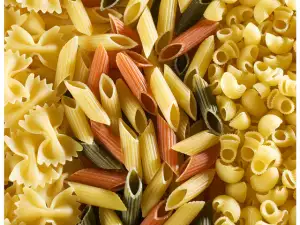
Dangers from gluten
Many gluten-related diseases such as hypertension, eczema, psoriasis, depression, which are associated with the consumption of foods rich in protein.
As for gluten enteropathy, it is an autoimmune disease that develops due to atrophy of the lining of the small intestine, because there is decreased activity of enzymes in the intestinal tract. As a result, their ability to take in nutrients is impaired. According to statistics, 1 in 300 people aged between 30 and 45 years developed an intolerance to gluten.
The most common gluten intolerance is an inherited type, but later discovered it can lead to really serious consequences osteoporosis, cancer of the throat and gastrointestinal tract. Diagnosis of the disease requires blood tests to check for antibodies that are present in the blood of people with gluten intolerance.
A positive test is followed by Endoscopic examination for obtaining biomaterial which is then identified using a microscope to establish the damage of the cells of the small intestine.
Symptoms of celiac disease in children:
- Irritability and metabolic disorders;
- Slower weight gain;
- Enlarged belly and swelling;
- Complications in feeding and diarrhea.
Symptoms of gluten enteropathy in adults:
- More frequent occurrence of cold sores and mouth ulcers;
- Very severe indigestion;
- Sudden weight loss;
- Quick and easy fatigability;
- Mood swings;
- Inability to concentrate;
- Metabolic disorders;
- A breakdown in the immune system;
- Sterility;
- Dental problems.
Studies at the Harvard Medical School have shown that people who avoid gluten and while not suffering from gluten enteropathy, fail to properly process gluten. Usually, such cases are not amenable to research gluten enteropathy and also feel good when they eat foods containing gluten. Finally, experts say a diet causes many people to avoid gluten, but for others it is optional.
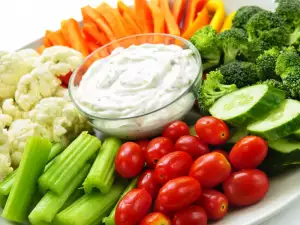
Gluten-free diet
In case of a celiac disease and gluten enteropathy, a gluten-free diet is actually the only effective solution. If no gluten is taken, the intestinal tract will work normally, but carbohydrates come from products such as yogurt, milk, eggs, corn, soybeans, rice, buckwheat, cheese and more.
It is important that all the food has to be rich or fortified with vitamins and minerals, because of impaired absorption. In such conditions a deficiency of B vitamins and zinc, which can compensate for the gifts of nature, is common. The quantity of fat per day should not be more than 40g.
This diet is used by people who do not have a problem with gluten intolerance too. Gluten should not be given to infants until the sixth, seventh month, because it can not be absorbed by their digestive system, and the end result may be the development of a severe allergy. Alternative Medicine strongly recommends gluten-free diets for people suffering from allergies and asthma.
The main treatment in this diet is to not eat wheat, rye, barley and oats, as well as any pasta, pastries, cereal porridges, starchy cream, or malt extracts. The final stage of the disease is resistant to a gluten-free diet. In this cases, the diet does not help the sick and they may needed medication, corticosteroids and immunosuppressants.
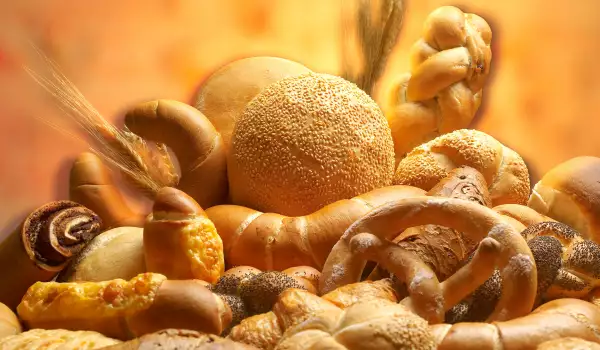

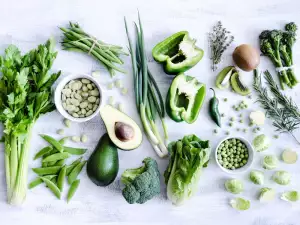


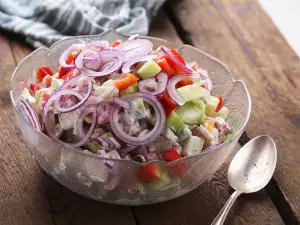

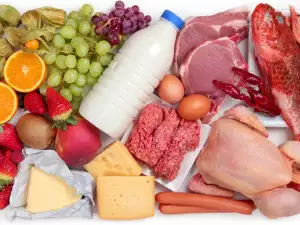
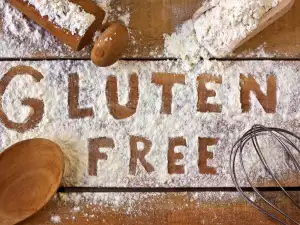
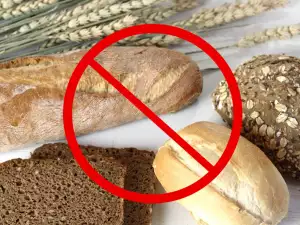
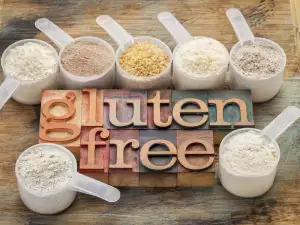
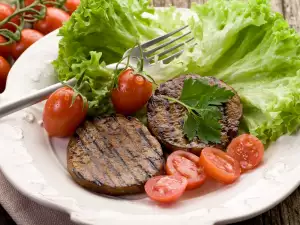

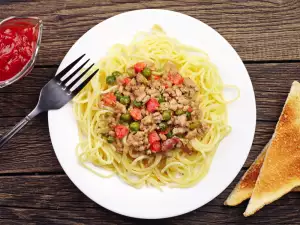





Comments